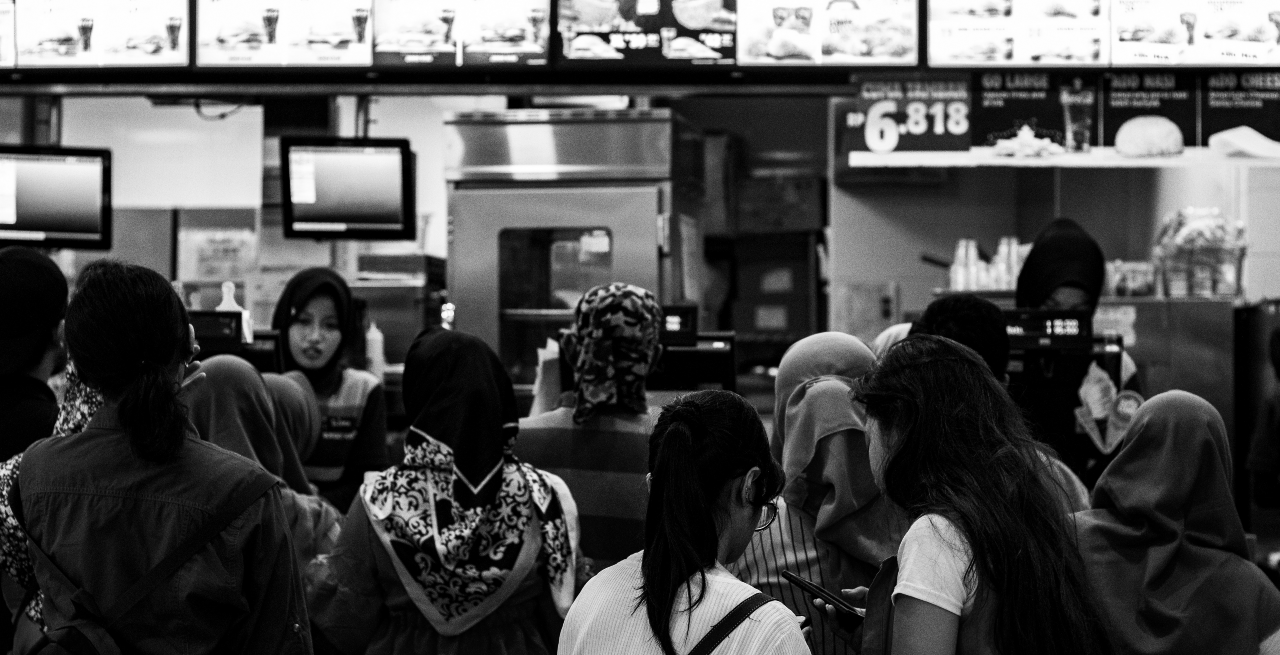Best Practices for Fast-Casual Restaurants Evaluating Labor and Supply Chain Issues
3 Min Read By Chris Birkinshaw
If you’re involved in any aspect of the Fast Casual category, you don’t need me to tell you that labor and distribution issues are real. We all also know that there is no silver bullet that will course-correct the struggles faced by owners and operators. The landscape has changed since the pandemic, and as restaurateurs, we need to push the bounds of innovation to develop short and long-term solutions to the things keeping us up at night – staffing and supply chain challenges.
Here are two ways franchise brands are helping address today’s labor and distribution challenges.
Labor – Retaining Quality StaffToday’s workforce seeks out a corporate culture that creates a unique environment and sense of community. Your employees want to be a part of a business that takes an interest in them and doesn’t simply demand the completion of a set of workplace tasks. From operations to customer service, you need to invest in your staff. They are absolutely your most valuable…
Sorry, You've Reached Your Article Limit.
Register for free with our site to get unlimited articles.
Already registered? Sign in!


